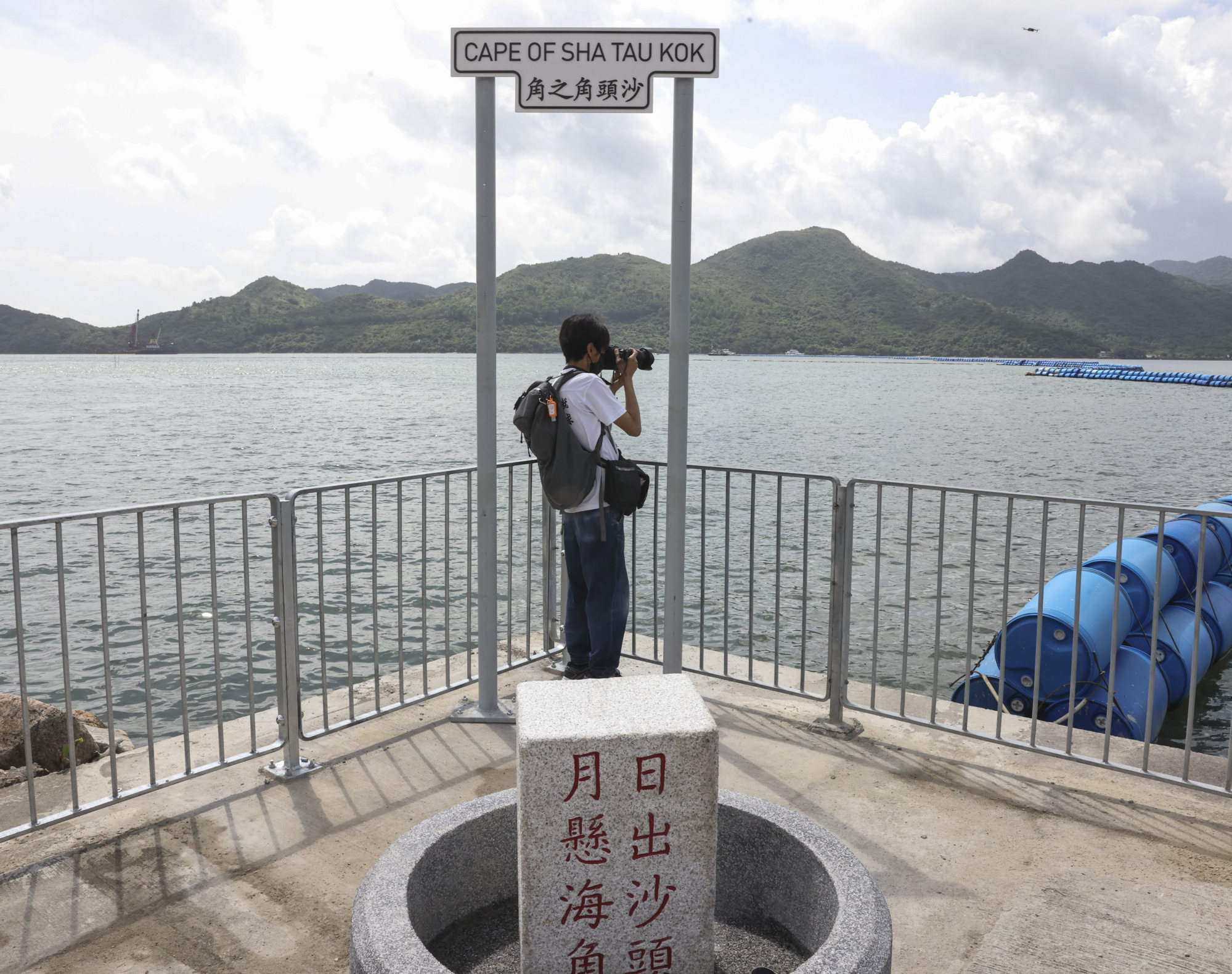
Hong Kong tourists may get more access to once-restricted town along border with mainland China, minister says, but residents call for balanced approach
- Tourism minister Kevin Yeung says his department is discussing with Security Bureau about further opening up Sha Tau Kok at border with mainland China
- Area opened up to tour agencies for the first time last year as part of pilot scheme on eco-tourism
Visitors may get greater access to the once-restricted Hong Kong border town of Sha Tau Kok, according to a minister, but residents have called on authorities to strike a balance between promoting tourism and preserving their daily lives.
Secretary for Culture, Sports and Tourism Kevin Yeung Yun-hung on Monday said his department would discuss with the Security Bureau about further opening up the area, as officials were considering how to best position the town as a tourist destination.
Ray Chu Wai-kee, project manager at the Association for Sha Tau Kok Culture and Ecology, told the Post the town straddling the border with mainland China had the potential to become a hub for cultural and eco-tourism.
“There are so many marine parks, country parks and geoparks in those areas that nobody has ever visited or appreciated,” Chu said.
Sha Tau Kok has been closed off to most outsiders since the 1950s as part of efforts by the colonial government to combat illegal immigration, smuggling and spies.
The town partially opened up to tour agencies last year as part of a pilot scheme on eco-tourism. Before that, residents needed a special permit to visit the border zone.
Shenzhen and local authorities also share jurisdiction of each side of Chung Ying Street in the area, where residents of both places can run shops and visit the street at the same time.

Tourism chief Yeung was speaking at a Legislative Council meeting, where he followed up on Chief Executive John Lee Ka-chiu’s announcement in his policy address last week that the area would be developed into the “Sha Tau Kok Cultural Tourism Zone”, although such arrangements would exclude Chung Ying Street.
Lee said the goal was to “promote cultural and eco‑tourism” in the area, and the Hong Kong government would also explore with its Shenzhen counterpart whether the mainland side could facilitate access.
The daily quota of 500 visitors allowed to visit the area will be doubled to 1,000 from January 6 next year, according to Lee Koon-hung, chairman of the Sha Tau Kok district rural committee, who said approved visitors would also no longer be restricted to certain areas.
He added most residents welcomed the plans to open up, calling the town’s current state “bleak”.
“Sha Tau Kok has been a restricted zone for 70 years now. A lot of remaining residents are old people since the youngsters have all moved away for better opportunities.”
Association representative Chu agreed and said opening up would inject some much-needed funds and resources into updating the dilapidated town.
He said visitors could be allowed to set off by boat from Sha Tau Kok pier to explore outlying islands in the northeastern New Territories, which would otherwise take up to three hours by sea. “In [that time], you can take a trip to Japan or Taiwan.”
He said the pier, measuring 300 metres (984 feet) in length, was a landmark in its own right as the city’s longest, adding it was built that way to extend into deeper waters for use by large boats.

He pointed to the town’s public housing estate as another potential attraction for visitors, with its 51 blocks of colourful low-rise buildings of only four to five storeys, a rarity in Hong Kong.
But it was important to “strike a balance” as some remained against the idea because they did not want too many outsiders coming into the area, he said.
“Some of the older residents in particular worry about rubbish and noise that tourists may bring. It is also a very small community where everybody knows everybody, and they worry about that changing.”
